How To Cook Healthier Collard Greens Without Losing Tradition
When Kristen Gradney was growing up, her favorite dish was the mustard greens that her grandmother cooked. Her grandma “smothered down” the greens with whole pieces of chicken or other meat and served them with rice, she remembers.
“I absolutely loved them,” she said. “But they were typically cooked until I really didn’t even know what they were. I didn’t know what a mustard green looked like until later.”
Leafy green vegetables, like mustard greens, collard greens and turnip greens, are regarded as superfoods, and they’re full of vitamins, minerals and antioxidants. But when greens are prepared according to soul food tradition — that is, paired with ham hock, chicken, tasso ham or other meats and stewed until they cook down — they develop a reputation for being unhealthy.
But Gradney, a registered dietician nutritionist and spokesperson for the Academy of Nutrition and Dietetics based in Baton Rouge, Louisiana, says it doesn’t have to be this way. While it’s important to preserve the memories and emotions that these dishes evoke, there are many ways to prepare greens like so while also being part of a well-balanced diet.
Traditionally cooked greens hold an important cultural connection to the past.
Cordialis Msora-Kasago, a registered dietician nutritionist and spokesperson for the Academy of Nutrition and Dietetics in Menifee, California, says she believes it’s important to preserve traditional cooking methods to honor their history.
Greens, specifically collard greens, were one of the few vegetables that slaves were allowed to grow. To counteract the greens’ bitter flavor, meats and fats — such as ham hock — were used in small quantities “just to flavor up the greens,” Msora-Kasago said. Over time, as diets changed and foods became more accessible, people began to incorporate more flavors and ingredients, such as bacon. Recipes were passed down for generations, becoming a mainstay in the soul food movement during the ’60s.
“As with all cuisines across the world, you will realize that there are elements of each cuisine that have unhealthy effects,” Msora-Kasago said. “The key is to understand how to incorporate those foods and how to moderate your portions.”
Msora-Kasago’s belief that “food is more than nutrition” inspired her to create The African Pot Nutrition to foster a culturally relevant discussion and promote health for people of African descent.
“There’s that cultural connection,” Msora-Kasago said. “It is also about things that are familiar to us. We need to be able to learn and understand how to cook using various ingredients so that we can still enjoy those foods that are familiar to us and not chastise them.”
So, about the nutrition in those meaty collard greens ...
Leafy green vegetables are packed with nutrients, earning them their superfood status. Greens are rich in vitamin K, which Gradney says helps with blood clotting. They also contain vitamins A, C and E, along with calcium, fiber, potassium, iron, magnesium and antioxidants. Research shows that eating greens can lower cholesterol, reduce the risk of obesity, heart disease and diabetes, and potentially stave off cancer.
These nutrients will mostly stay intact no matter how greens — or any other vegetable — are cooked, according to Gradney and Msora-Kasago. But cooking greens with fatty meats adds extra calories, sodium, fat and cholesterol.
“It’s not the same as eating a raw piece of mustard green,” Gradney said. “That doesn’t mean that it’s impossible to still prepare it in a similar way with similar flavors and similar tastes.”
Boiling greens can break down some of the nutrients, so reserving the liquid that the vegetables are cooked in — referred to as “pot liquor” or “potlikker” — helps retain the nutrients, Gradney said, adding that her family enjoys pouring the liquid over rice like a gravy.
Additionally, cooking greens for less time helps maintains both the nutrients and the flavor. “They don’t really have to be cooked down that long to still taste good and get the same texture you’re looking for,” Gradney said.
“I think it’s important for people to remember that collard greens have a place within the diet,” Msora-Kasago said. “They are an extremely important vegetable that can improve health, and we should be celebrating them and embracing them.”
Msora-Kasago says she grows greens in her vegetable garden and enjoys sautéing them with onions, tomatoes and garlic, or she’ll have them with eggs for breakfast. She also likes using the leaves as a wrap for sandwiches.
There are leaner ways to cook greens.
Greens cooked traditionally often conjure up memories of family, but these same flavors can be created using health-conscious techniques, Gradney said.
She suggests eating the foods you love but preparing them without the ingredients that are high in fat and cholesterol, which increase incidence in chronic diseases in the communities that typically eat soul food.
Both Gradney and Msora-Kasago point to the rise of veganism in the black community, with black-owned vegan restaurants popping up across the country and chefs and home cooks keeping their favorite green recipes alive while adopting meat-free preparations.
Outside of veganism, Gradney said using leaner meats, like pork loin and skinless chicken, or vegetable oils to flavor greens can help retain some of the traditional flavors without adding excess calories and fat. There’s also “turkey tasso,” which is infused with flavors of bacon and ham but is leaner, she said.
No matter how greens are cooked, the tradition is most important, Gradney said. Unhealthy foods that evoke happy memories should be reserved for “times when it really matters,” like family get-togethers.
“Food is something that my body needs to function daily,” Gradney said. “You do that in the meantime with your healthier version of that macaroni and cheese or your healthier version of greens with your turkey tasso and your olive oil. But when you’re with your family and you all are celebrating and thinking about old times, you want to have it the way that it’s historically been prepared. That’s the moment to have it with bacon.”
Related Coverage
The Best Salad Greens, Ranked By Nutrition
The Best Biscuits And How To Make Them, According To 3 Southern Cooks
What Makes The Best Potato Salad? Four Chefs Debate.
Also on HuffPost
Last Place (But Still Not Bad!): Iceberg

Romaine
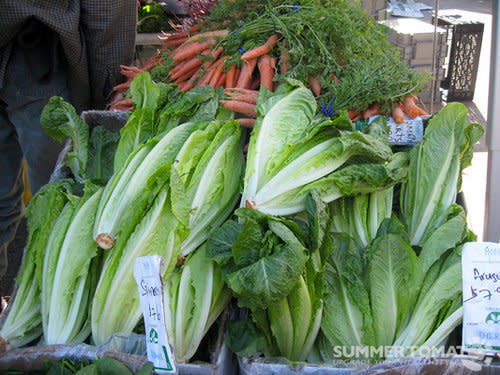
Arugula

Collard Greens
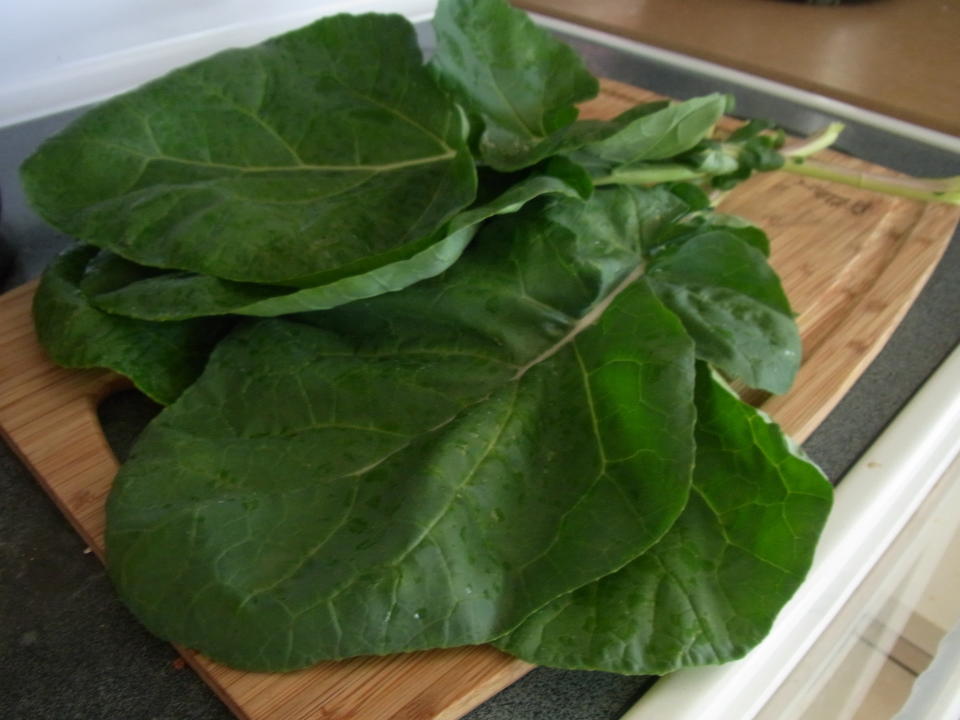
Spinach
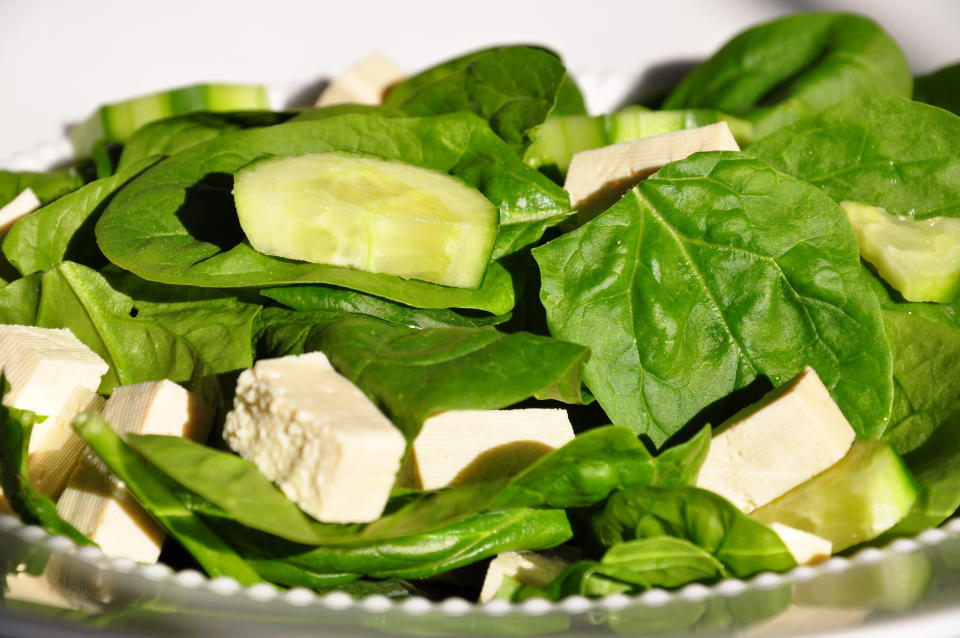
First Place: Kale
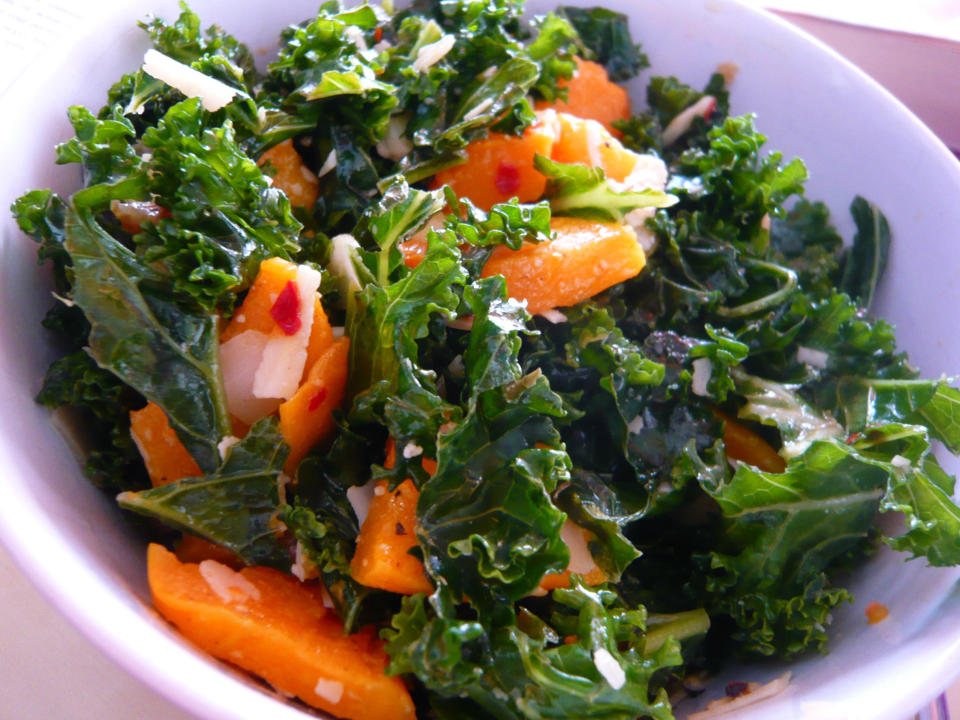
And What About The 'Fancy' Kinds?
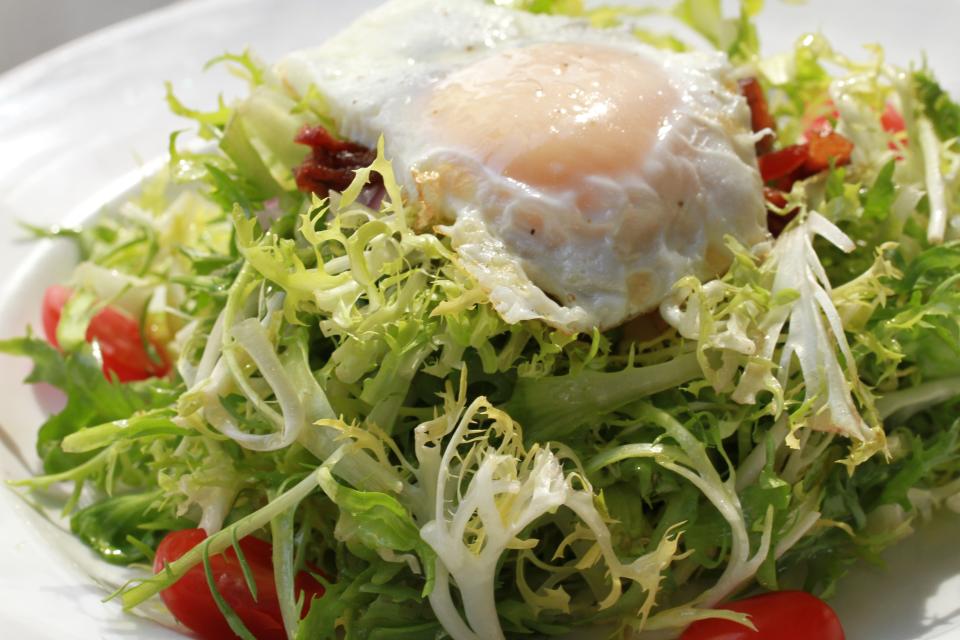
Love HuffPost? Become a founding member of HuffPost Plus today.
This article originally appeared on HuffPost.

